China : Leading in Innovation and Demand
China holds a commanding market share of 36% in the clean room robots sector, valued at $1800.0 million. Key growth drivers include rapid industrialization, increased automation in manufacturing, and stringent regulatory standards for cleanliness in sectors like pharmaceuticals and electronics. Government initiatives promoting smart manufacturing and investments in infrastructure further bolster demand, creating a robust consumption pattern for clean room robots.
India : Growth Driven by Industrial Expansion
India's clean room robots market is valued at $600.0 million, accounting for 12% of the APAC market. The growth is driven by the booming pharmaceutical and biotechnology sectors, alongside increasing investments in automation. Demand trends indicate a shift towards advanced robotics solutions, supported by government initiatives like 'Make in India' that encourage local manufacturing and innovation in robotics technology.
Japan : Innovation and Precision at Forefront
Japan's clean room robots market is valued at $800.0 million, representing 16% of the APAC market. The country is known for its advanced robotics technology and high precision in manufacturing. Key growth drivers include the aging population, which necessitates automation in healthcare, and strong government support for R&D in robotics. The demand for clean room robots is particularly high in semiconductor and pharmaceutical industries.
South Korea : Pioneering Automation Solutions
South Korea's clean room robots market is valued at $700.0 million, making up 14% of the APAC market. The growth is fueled by the country's focus on high-tech industries, particularly semiconductors and electronics. Government policies promoting smart factories and automation are key drivers. The competitive landscape features major players like FANUC and Yaskawa, with a strong emphasis on innovation and efficiency in production processes.
Malaysia : Strategic Location for Manufacturing
Malaysia's clean room robots market is valued at $250.0 million, representing 5% of the APAC market. The growth is driven by the country's strategic location for manufacturing and assembly operations, particularly in electronics and pharmaceuticals. Government initiatives to attract foreign investment and enhance local capabilities are pivotal. Demand is increasing for automation solutions to meet international standards in cleanliness and efficiency.
Thailand : Investment in Automation Rising
Thailand's clean room robots market is valued at $200.0 million, accounting for 4% of the APAC market. The growth is supported by increasing foreign direct investment in manufacturing and a focus on high-quality production standards. The government is promoting automation through various initiatives, enhancing the business environment for robotics. Key industries include automotive and electronics, driving demand for clean room solutions.
Indonesia : Potential for Growth in Automation
Indonesia's clean room robots market is valued at $150.0 million, representing 3% of the APAC market. The growth is driven by the expanding manufacturing sector and increasing awareness of automation benefits. Government policies aimed at improving industrial infrastructure and attracting investment are crucial. Key cities like Jakarta and Surabaya are emerging as hubs for clean room technology, particularly in pharmaceuticals and food processing.
Rest of APAC : Varied Market Dynamics Across Regions
The Rest of APAC clean room robots market is valued at $500.0 million, accounting for 10% of the overall market. This segment includes various countries with differing levels of industrialization and automation adoption. Growth drivers vary, with some regions focusing on pharmaceuticals while others emphasize electronics. Local government initiatives to enhance manufacturing capabilities and attract foreign investment are pivotal in shaping market dynamics.


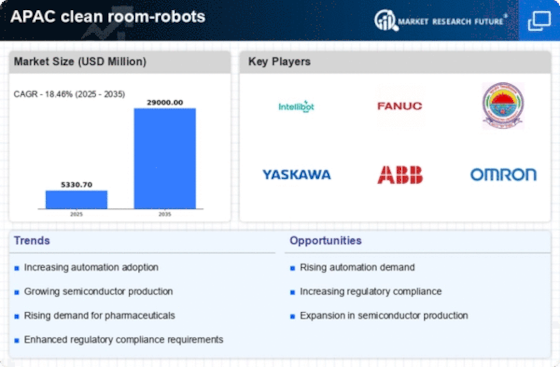
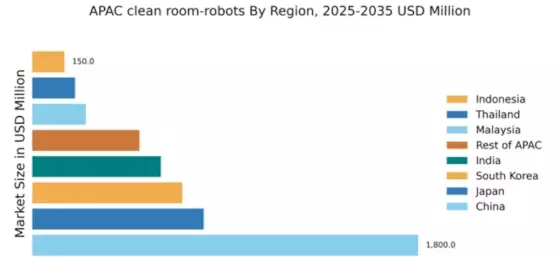

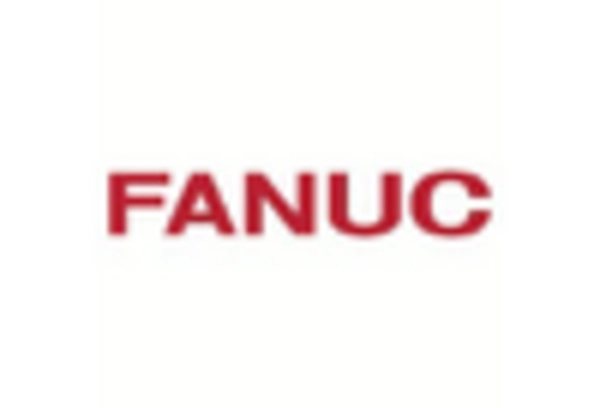


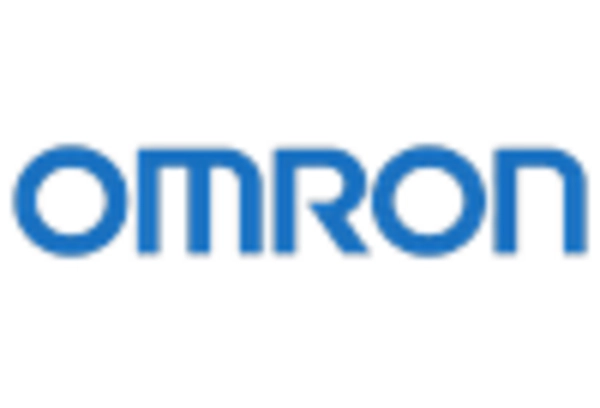
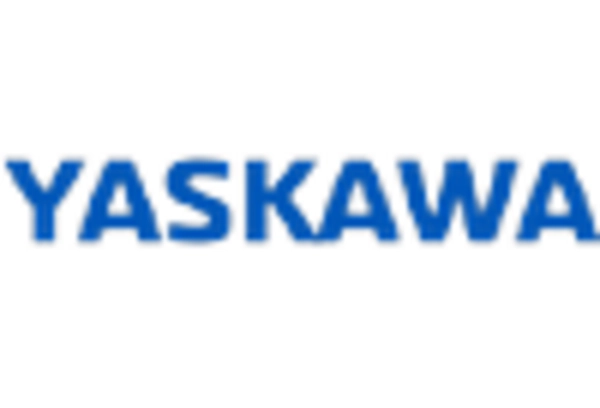








Leave a Comment